4 Major Winter Wood Floor Mistakes and How to Avoid Them
Lisa Campion • March 24, 2021
With 2020 and winter finally behind us, the promise of better health and warmer weather glimmers before us.
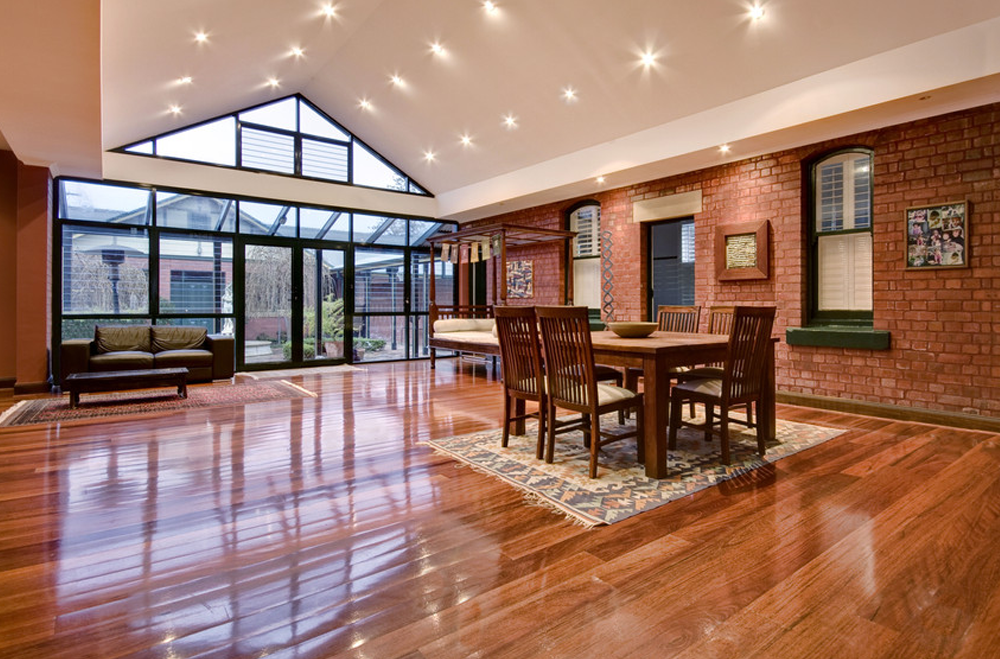
How are your wood floors fairing? Here are 4 mistakes home owners make during the winter months, along with remedies to insure your hardwood floors make it through March unscathed by moisture from snow, ice, and salt.
1. No Mats -
Sturdy mats and rugs should be your first defense against salt and moisture. In fact, an effective matting system can trap 90% of debris
A coarse, sturdy mat should be placed right outside the home for the purpose of stomping off snow and dislodging salt particles before entering.
Another mat or rug heavy enough to wipe shoes on should be placed directly inside the doorway to catch any remaining salt or moisture before it can be tracked into the house.
Consider adding a third waterproof mat to the side of the door, where shoes can be placed to dry, as well as keeping towels handy to wipe up any wetness that makes its way onto floors.
2. Letting Moisture Linger
When liquid, slush, or ice is spotted resting on hardwood floors, make every possible effort to remove it immediately, lest it seep into the floor and cause mold growth beneath the floor surface or warping of the floorboards.
If the amount of liquid is excessive, a wet/dry vacuum may be the best tool to start. Take heed, however, that utterly soaked wood may crack if it is dried too quickly.
Heat should also be avoided during the drying process, as it can cause cupping, which is a type of warping where the edges of individual boards are raised higher than the center.
3. Shrugging off Salt
Most cold-weather salts or ice melt products are made from Calcium Chloride, which is popular due to its affordability and relative effectiveness.
Calcium Chloride is crystalline, and the rough texture of each individual crystal—most visible under a microscope—has the potential to scratch and abrade wood floor finish if tracked inside and dragged across or ground into the floor.
Homeowners should regularly vacuum floors to suck up these micro-abrasive particles, preferably with a vacuum that is made for hardwood. If equipped with a rotating brush, it should be off or removed entirely before vacuuming.
When Calcium Chloride is dissolved in water, it creates Calcium Hydroxide and Hydrochloric Acid, both of which leave behind a noticeable white residue. If the residue is not promptly removed, it can chemically damage the finish, causing hazing and premature degradation, which can also increase dirt embedment.
If the residue is “fresh,” it can likely be removed with a damp (not wet) soft cloth. Older or more stubborn salt stains will require a thorough cleaning.
4. Cleaning with Whatever's in the Closet
After vacuuming over and around an older or more stubborn salt stain, it is important to thoroughly clean it.
You may be advised by misguided friends or family to use a mixture of vinegar and water on salt stains. We advise you to let this “quick fix” go in one ear and out the other, as vinegar will leave a residue of its own and is harsh on finish if concentrated too strongly.
Also resist the temptation to use the general cleaners or disinfectants you may already have on hand, and instead opt for a cleaner specifically formulated for finished floors. Otherwise, you risk damage from inappropriate pH levels and ingredients, such as Hydrogen Peroxide, acids, Sodium Hypochlorite, etc.
If you avoid these 4 mistakes, you should be able to successfully avoid the perils of winter weather. If you are looking to spruce your wood floors up, remove the haze of salt and ground in soils, Kelce & Company has the trained and certified technicians to properly clean your wood floors. Call us today!

As temperatures drop in Rockford, IL, many homeowners stow away their patio furniture for the season. But have you thought about how clean your cushions are before they go into storage? At Kelce & Company, we believe fall and winter are the prime times to have your patio furniture cushions professionally cleaned.
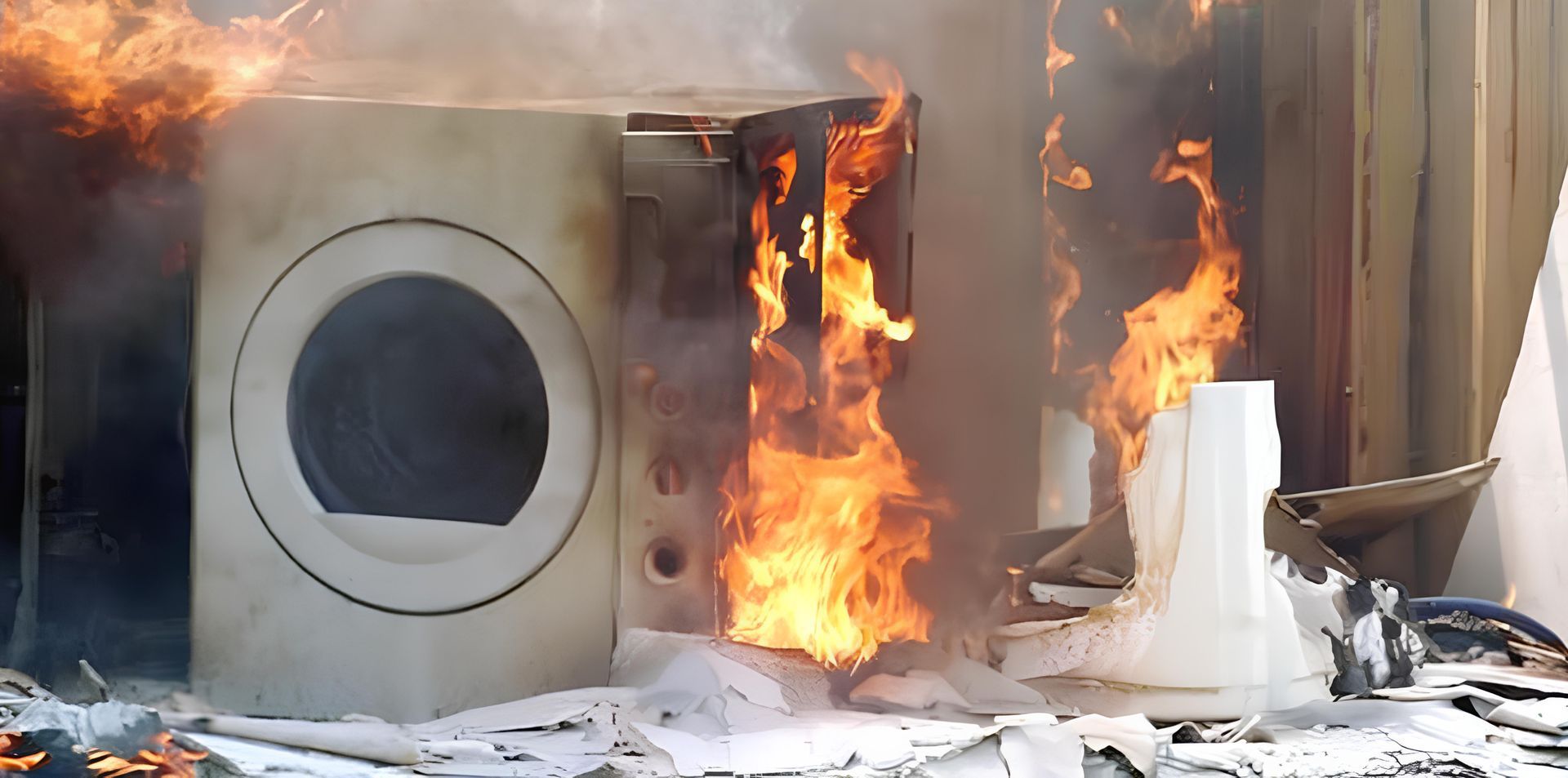
As we observe Fire Prevention Month this October, we at Kelce & Company want to emphasize a crucial yet often overlooked aspect of home safety: dryer vent cleaning. While you might not think about it daily, your dryer vent plays a significant role in fire prevention, and we’re here to share why maintaining it is essential for your home’s safety.
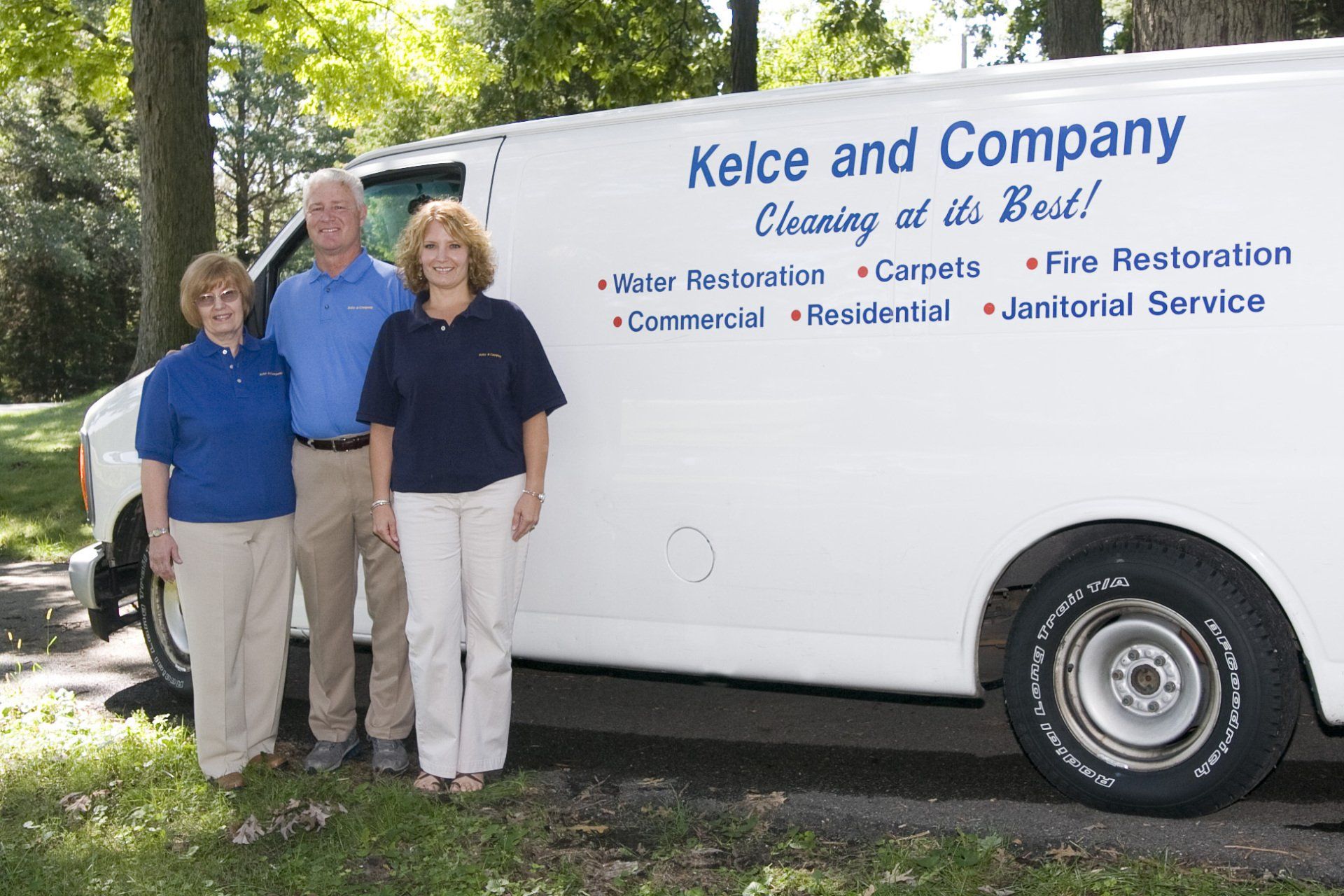
As the fall and winter months approach, the chill outside forces us to keep our windows closed, creating a cozy indoor environment. However, with this warmth comes an often overlooked issue: a rise in indoor bacteria, dust mites, and allergens. When you close your home to the outside air, these contaminants can accumulate in your carpets, mattresses, furniture, and upholstery, making professional cleaning services a must during these seasons. Kelce & Company, Rockford’s leading experts in carpet and upholstery cleaning, can help you maintain a cleaner, healthier home environment. Let’s explore why regular cleaning during fall and winter is crucial. Why Mattress, Upholstery, Furniture, and Carpet Cleaning is Essential in Colder Months Increased Bacteria Levels Indoors During the fall and winter, limited air circulation due to closed windows and doors can lead to a buildup of bacteria in your home. Fabrics such as carpets, mattresses, and upholstered furniture can trap bacteria, dirt, and other harmful microorganisms. Professional deep cleaning helps eliminate these bacteria, improving the overall cleanliness of your home. Dust Mites Multiply Dust mites thrive in warm, humid conditions, especially in the fall and winter when indoor heating is at its peak. These microscopic creatures are commonly found in carpets, mattresses, and upholstery and can cause allergic reactions, including sneezing, coughing, and itchy eyes. The fall and winter months create the perfect conditions for dust mites to multiply, making professional cleaning essential to keep them under control. Poor Indoor Air Quality Carpets, furniture, and upholstery act like sponges, trapping dust, allergens, and pollutants over time. As you close the windows to keep out the cold, the trapped particles can circulate in your home’s air, leading to poor indoor air quality. This can exacerbate allergy symptoms and make the home feel stuffy. By investing in professional cleaning services from Kelce & Company, you can improve the air quality in your home, ensuring a fresh and breathable environment. Protection for Your Investment Carpets, furniture, and upholstery are significant investments in your home’s comfort and style. However, dirt, debris, and dust mites can degrade their fibers and materials over time. Regular professional cleaning, especially during high-traffic seasons like fall and winter, helps prolong the life of your belongings, maintaining their appearance and functionality for years to come. Create a Hygienic and Comfortable Space for Guests The holiday season brings friends and family into your home. Clean carpets, furniture, and mattresses not only create a welcoming atmosphere but also ensure that your guests aren’t exposed to allergens or bacteria. Scheduling a professional cleaning before the holidays will help you maintain a fresh, clean home that everyone will appreciate. Reduce Allergy Symptoms If anyone in your household suffers from allergies, the fall and winter months can be particularly challenging. Allergens such as dust mites, pet dander, and pollen can get trapped in the fibers of carpets, mattresses, and upholstery. Professional cleaning services from Kelce & Company can help reduce the presence of these allergens, providing relief from allergy symptoms and improving overall health during the colder months. How Kelce & Company Can Help At Kelce & Company, we specialize in deep cleaning carpets, mattresses, furniture, and upholstery to help eliminate bacteria, dust mites, and allergens from your home. Using advanced cleaning techniques and eco-friendly solutions, we ensure your home remains a clean and healthy space, especially when it’s needed most during the fall and winter months. Don’t wait until the bacteria and dust mites multiply. Contact Kelce & Company today to schedule your professional cleaning services in Rockford, IL, and enjoy a fresher, healthier home this season.
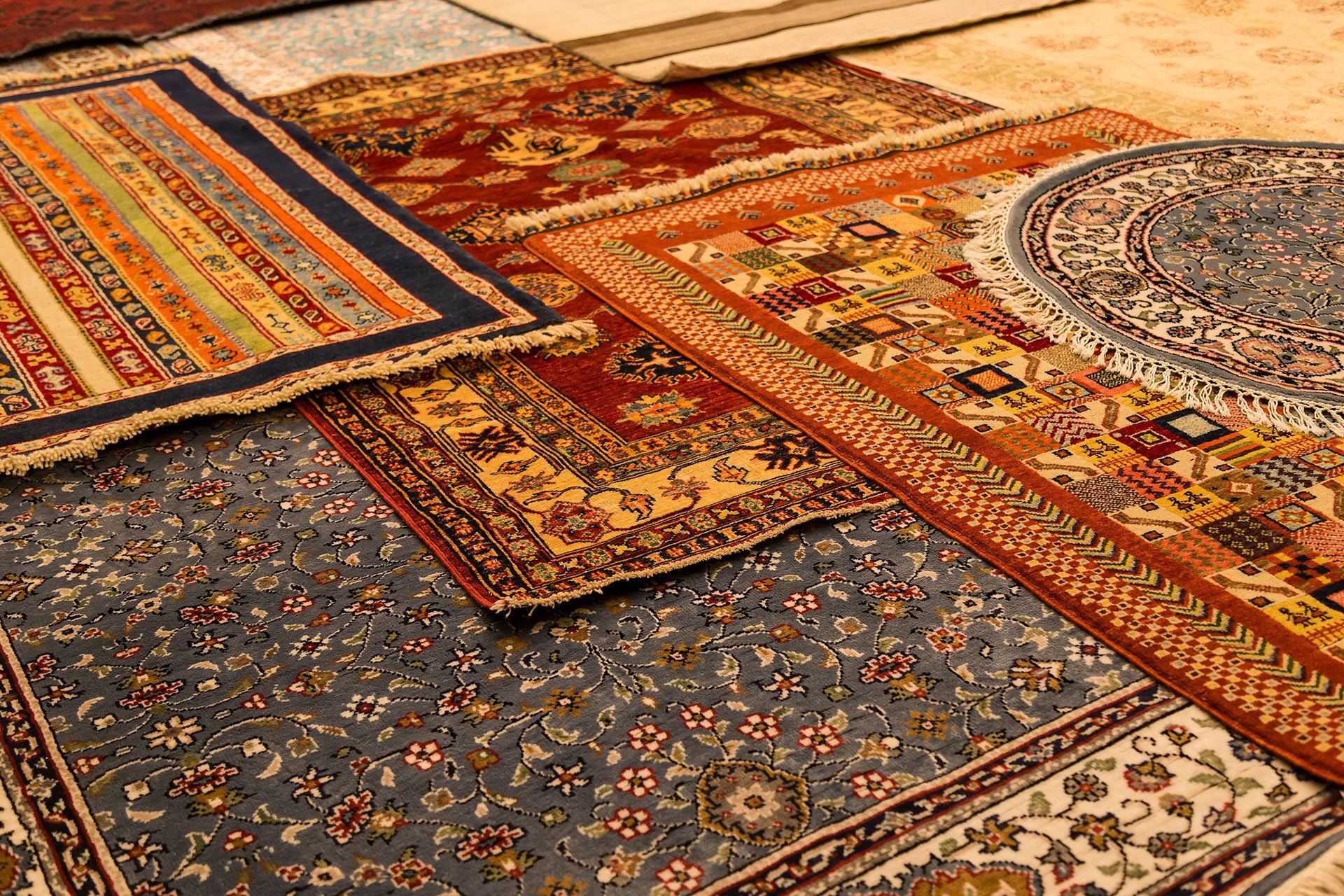
Area rugs add a touch of comfort and style to any room, but they also accumulate dirt, allergens, and even harmful bacteria over time. Regular cleaning of your area rugs is essential not only for maintaining their appearance but also for ensuring a healthy living environment. In this blog post, we’ll explore the key benefits of professional rug cleaning and explain why Kelce & Co is the best choice for residents in the Rockford, IL, and Stateline areas.
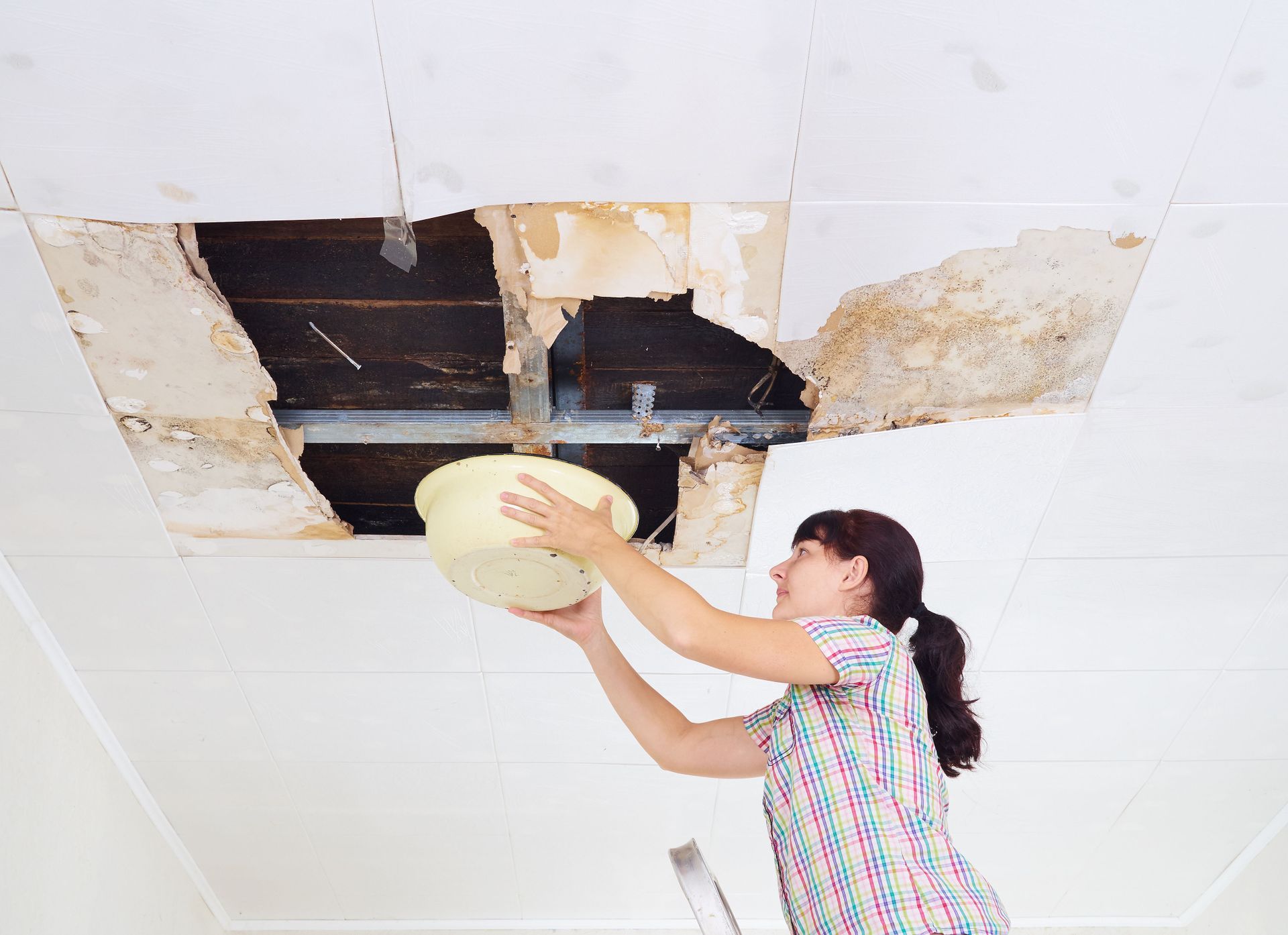
Hiring a professional restoration company for flooded homes and businesses is of utmost importance. When faced with the aftermath of a flood, it's crucial to have experts who can handle the situation efficiently and effectively. Kelce and Company has the necessary expertise and experience to assess the extent of the damage caused by the flood. We identify potential hazards, such as structural damage or electrical issues, that may not be immediately apparent to an untrained eye. This ensures that all safety precautions are taken during the restoration process. We have access to specialized equipment and tools that are essential for proper water extraction, drying, and dehumidification. And understand the science behind moisture control and can prevent further damage, such as mold growth, which can pose serious health risks. At Kelce & Company we have a team of skilled technicians who are trained in handling various aspects of the restoration process. From water extraction to content restoration, we can efficiently restore your property to its pre-flood condition. Our expertise allows for a quicker turnaround time, minimizing the disruption to your daily life or business operations. We often work closely with insurance companies, ensuring a smooth claims process. We document the damage thoroughly, providing the necessary evidence for your insurance claim. This can save you time and effort in dealing with the paperwork involved. Kelce & Company provides a seamless experience during the restoration journey. Don't hesitate to reach out to professionals when faced with a flood – we are your best bet for a successful restoration! We have staff available 24 hours a day for your emergency. Please call us at 815-968-1185
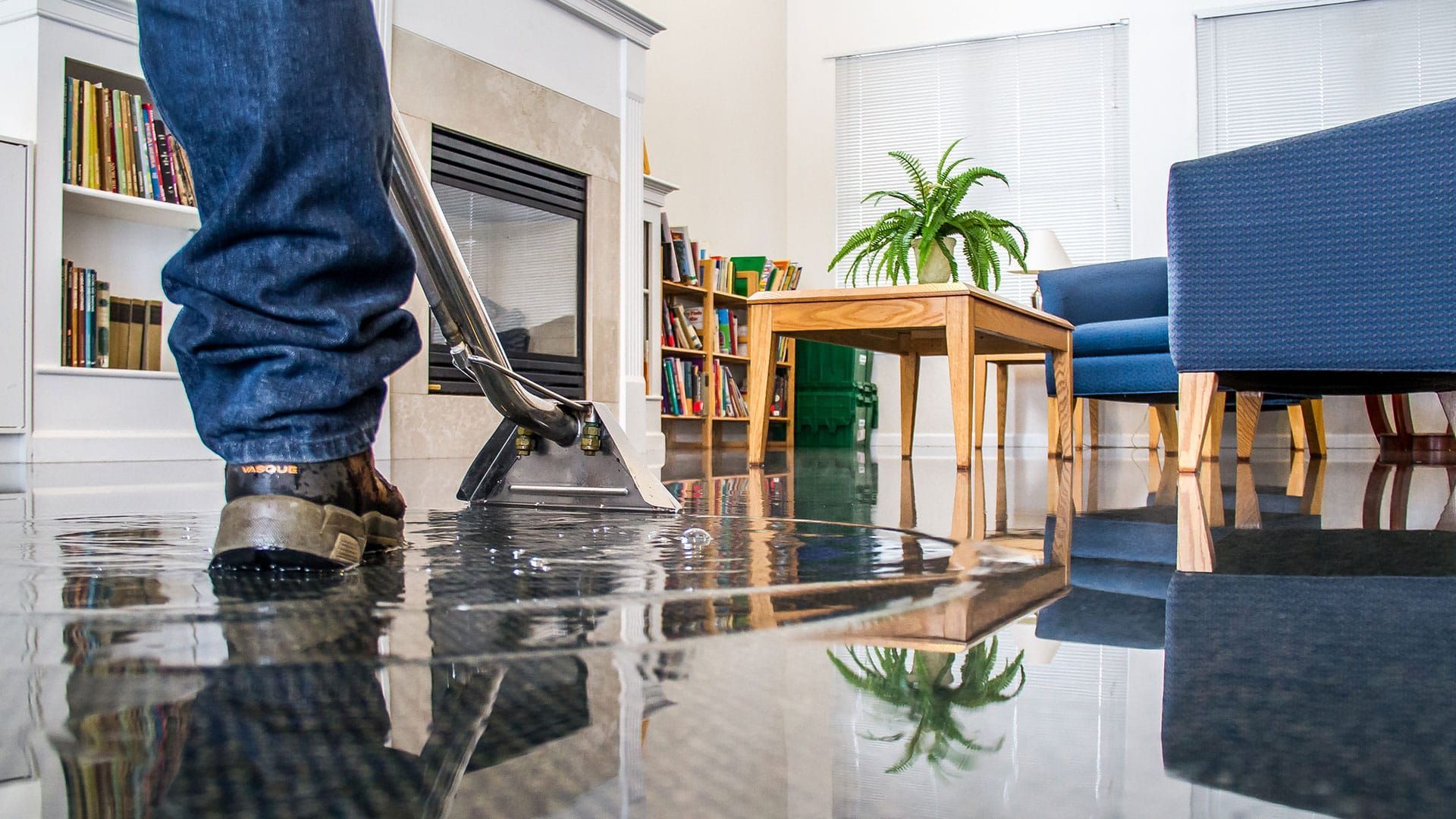
At Kelce & Co , we understand that every season brings its own set of challenges when it comes to protecting your home from water damage. From spring thaw flooding to winter pipe bursts, being prepared can make all the difference. In this blog post, we'll share valuable insights on how you can safeguard your property throughout the year. With our expert tips, you'll be ready to face any seasonal water damage threat that comes your way. Spring Thaw Flooding: Protecting Your Home from Overflowing Waters: As the snow melts and temperatures rise, the risk of spring thaw flooding becomes a concern for many homeowners. To prepare for this potential issue: Clear gutters and downspouts to ensure proper drainage away from your home's foundation. Examine your sump pump and consider installing a battery backup to keep it operational during power outages. Raise valuable items stored in the basement to prevent water damage. Winter Pipe Bursts: Fortifying Your Home Against Freezing Temperatures: The frigid winter months can wreak havoc on your plumbing system, leading to costly pipe bursts. Here's how to safeguard your property: Insulate exposed pipes in unheated areas such as basements, attics, and crawl spaces. Keep your thermostat at a consistent temperature both day and night to prevent pipes from freezing. Shut off outdoor water sources and drain hoses before the cold weather sets in. Follow these steps: Ensure your roof is in good condition and make any necessary repairs to prevent leaks. Seal windows and doors to prevent water from entering your home during heavy storms. Trim trees and branches that could potentially fall onto your home during high winds. Year-Round Proactive Measures: While each season presents its own challenges, there are year-round actions you can take to prevent water damage: Regularly inspect your property for leaks, cracks, and signs of water intrusion. Test your home's water pressure; high pressure can strain pipes and cause leaks. Familiarize yourself with the location of your water main shut-off valve, in case of emergencies. At Kelce & Co , we believe that being prepared is the first line of defense against seasonal water damage. By implementing these tips, you'll be taking proactive steps to protect your home and belongings, no matter the time of year. However, if water damage does occur, remember that our dedicated team is here to provide swift and effective restoration services. Your peace of mind is our priority. Stay prepared, stay protected!

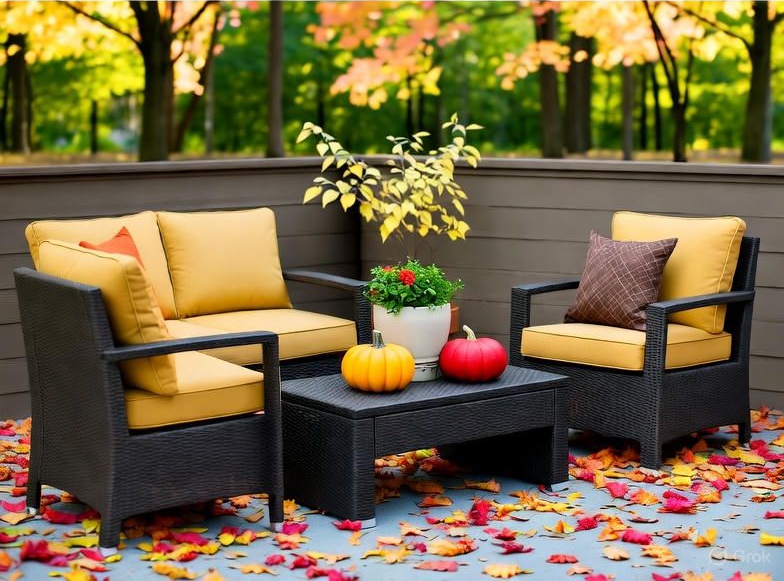
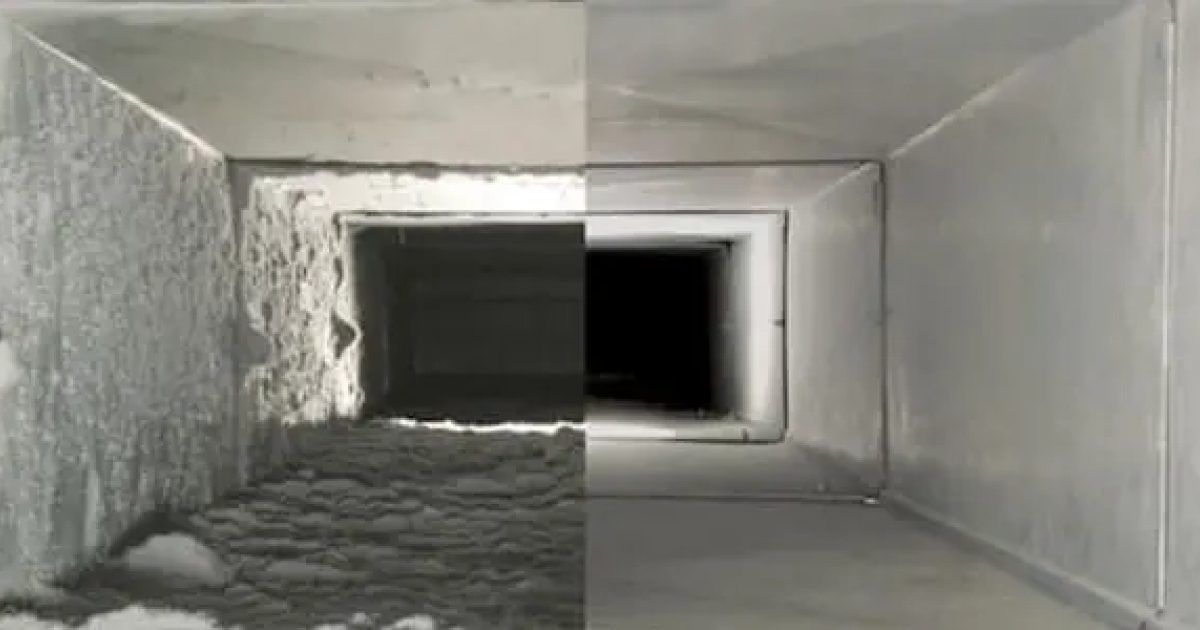
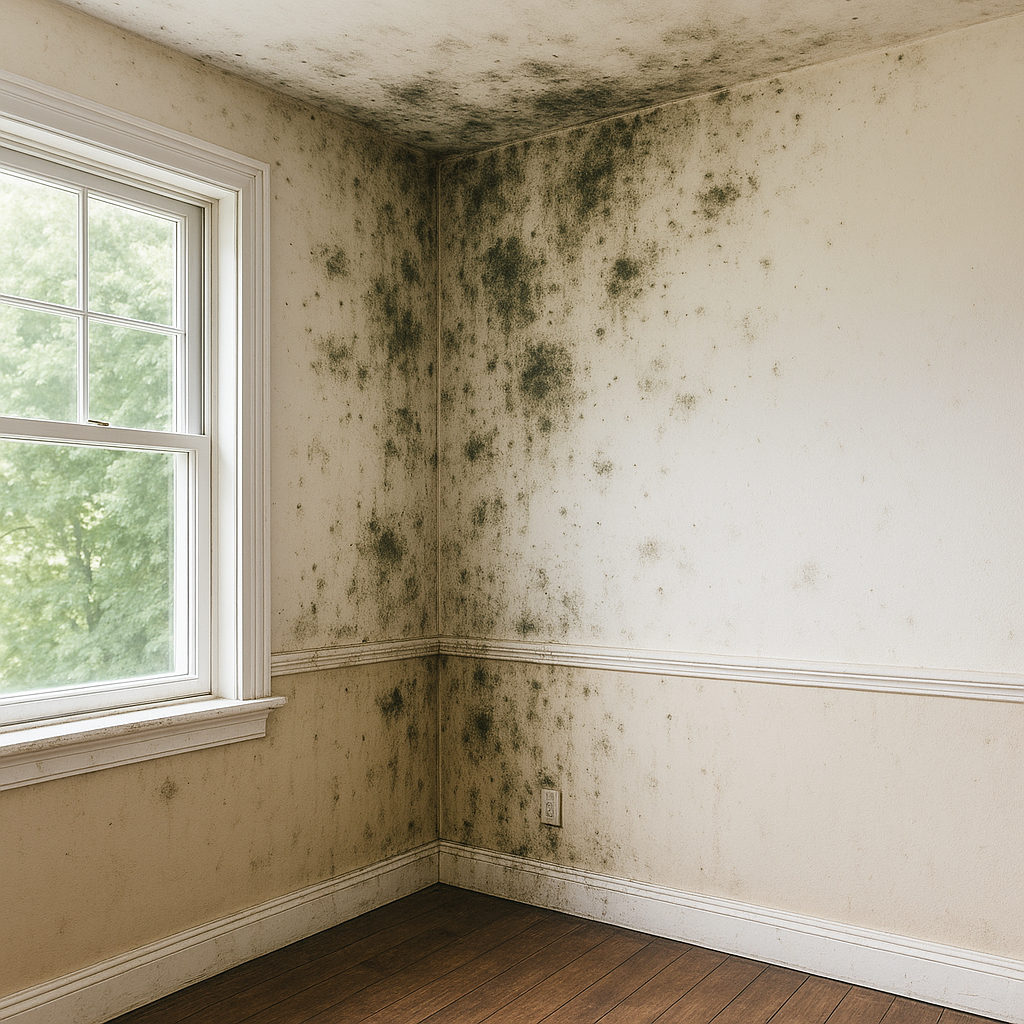
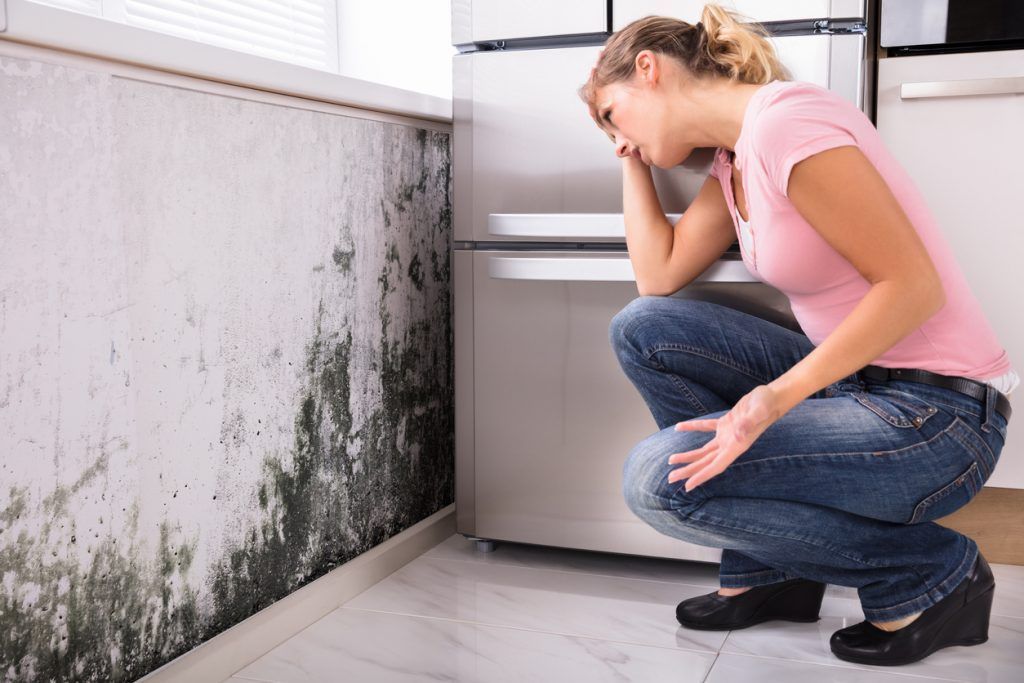

Share On: